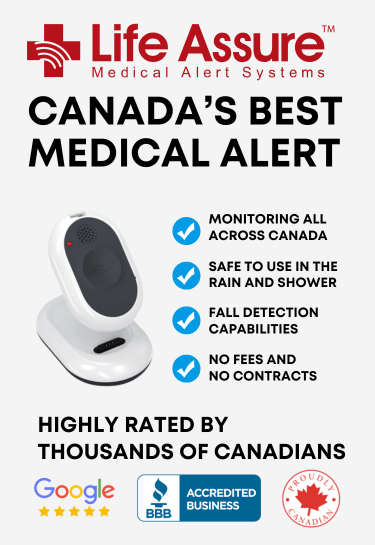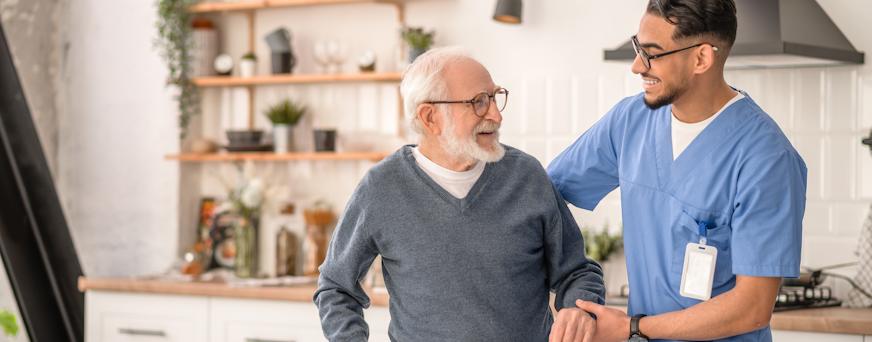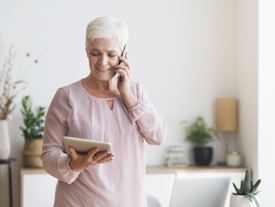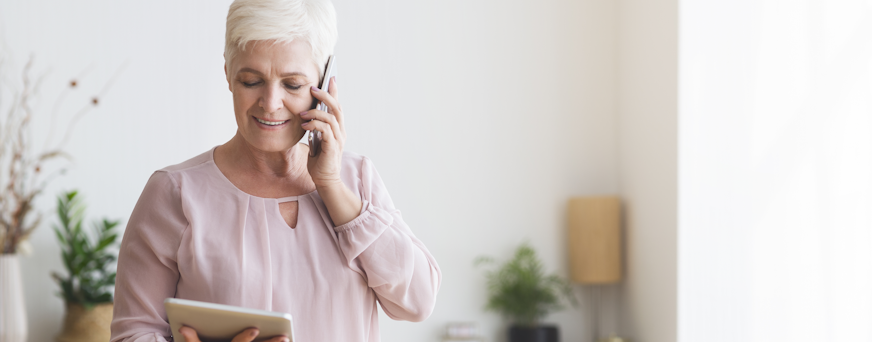Telemonitoring: A Key Tool For Enhancing Senior Healthcare And Well-being At Home
Maintaining safety and health at home supports the overall well-being of seniors in Canada. Telemonitoring offers a dependable way to improve security while preserving independence. But what does telemonitoring involve, and how does it assist with daily living? Exploring its core functions and how it contributes to a safer home environment helps seniors and caregivers make informed decisions.
Life Assure Product Quiz
Find The Perfect Medical Alert Device
Take our 30 second quiz and discover which Life Assure medical alert device is the right fit for you or a loved one.
Life Assure Product Quiz
Find The Perfect Medical Alert Device
Take our 30 second quiz and discover which Life Assure medical alert device is the right fit for you or a loved one.
What Is Telemonitoring?
Telemonitoring is a breakthrough in healthcare that allows seniors to keep track of their health from home using technology. It involves gadgets like sensors and wearable devices that monitor vital signs such as heart rate and blood pressure. These devices send data to healthcare providers, who can then offer timely advice or intervention.
For Canadian seniors, this means fewer trips to the doctor and more peace of mind. Telemonitoring helps manage health conditions efficiently, saving time and reducing the stress of travel. It ensures that seniors get the medical attention they need without leaving their homes.
This technology is especially helpful for older adults managing multiple chronic conditions. It allows healthcare providers to track health changes as they happen, enabling quick responses that may prevent serious complications.
Benefits Of Telemonitoring For Seniors
Telemonitoring brings several key benefits that can greatly improve life for Canadian seniors.
- ● Safety: Systems often include fall detection and emergency alerts, which are essential for seniors living alone. These features ensure that assistance arrives quickly if an accident occurs, minimizing the risk of serious injury.
- ● Health management: For those with chronic conditions like diabetes or hypertension, these devices offer continuous tracking of vital signs, which aids in effective disease management. This ongoing monitoring helps maintain health stability and prevents complications by delivering timely information to healthcare providers.
- ● Medication compliance: With built-in reminders and alerts, seniors are less likely to miss doses, ensuring consistent treatment and reducing the chance of hospital visits due to medication errors. This technology supports independence, allowing seniors to manage their health actively while giving their families and caregivers peace of mind.
How Telemonitoring Works
Understanding telemonitoring helps Canadian seniors and their families make informed choices about its use. Setting up a telemonitoring system is straightforward. A healthcare provider or technician evaluates individual needs and recommends suitable devices, such as wearable monitors or in-home sensors, designed to track specific health metrics like heart rate or movement.
Once installed, these devices continuously gather health data, securely transmitting it to healthcare providers. This real-time data analysis allows professionals to closely monitor the senior's health. If any irregularities arise, alerts go to both the healthcare team and family members, ensuring they can take quick action.
Family members and caregivers are integral to this process. They can set up the system and ensure the senior is comfortable with the technology. They also receive updates on the senior's health, enabling them to offer timely support. This teamwork helps seniors receive thorough care while enjoying the comfort of their own homes.
Types Of Telemonitoring Devices
Knowing the variety of telemonitoring devices available helps seniors and their caregivers choose the best options for their needs. These devices include:
- ● Wearable Devices – Smartwatches and fitness trackers monitor vital signs like heart rate and blood pressure. Many also feature GPS tracking for added safety.
- ● In-Home Sensors – Placed throughout the home, these sensors detect movement and inactivity. Motion sensors can alert caregivers if a senior remains still for too long, signaling a potential issue.
- ● Condition-Specific Monitors – Devices like connected glucometers track blood sugar levels and share data with healthcare providers, aiding in chronic disease management.
Each device is selected based on individual needs, ensuring the system is both effective and easy to use. This personalized approach supports independence while providing continuous health monitoring.
Telemonitoring In Canada: Accessibility And Options
Telemonitoring is becoming more accessible for Canadian seniors, thanks to growing support from both public and private sectors. The Canadian healthcare system is embracing telemonitoring, with several provinces integrating it into their public health services. This means eligible seniors can access subsidized telemonitoring devices and services, making it easier and more affordable to use this technology at home.
Government initiatives aren't the only options. Many private companies offer telemonitoring services tailored to seniors' needs, providing a range of packages that include device installation, data monitoring, and technical support. These services vary in price, allowing seniors and their families to choose what best fits their healthcare needs and budget.
Insurance coverage is another factor that can enhance accessibility. Some private health insurance plans in Canada now include telemonitoring devices and services, either partially or fully. Seniors should check with their insurance providers to see what options are available to them.
Addressing Concerns About Telemonitoring
While telemonitoring offers many advantages, some Canadian seniors might worry about privacy and data security. Addressing these concerns builds trust in these systems.
Telemonitoring providers prioritize privacy. They encrypt and securely store data from devices, making it accessible only to authorized healthcare professionals and family members. Many systems adhere to Canadian privacy laws, like the Personal Information Protection and Electronic Documents Act (PIPEDA), ensuring personal data is handled responsibly.
There are also misconceptions about telemonitoring. Some seniors might think it's too complex or that it will replace human interaction. In reality, telemonitoring complements traditional healthcare by providing additional support, helping healthcare providers make informed decisions, and offering timely interventions.
Tips For Implementing Telemonitoring At Home
Selecting the right telemonitoring system helps seniors aiming to improve home healthcare. Here are some practical tips:
- ● Assess needs: Evaluate the senior's specific health needs and lifestyle to guide device and service selection.
- ● Research options: Compare different telemonitoring providers, considering cost, features, and customer support. Choose systems that are user-friendly and offer reliable technical assistance.
- ● Involve family: Include family members in the decision-making process. Their support allows the chosen system to align with the senior's preferences and needs.
- ● Integrate gradually: Introduce the technology slowly, starting with basic features and adding more advanced functionalities as confidence grows.
- ● Establish routines: Incorporate telemonitoring into daily routines to encourage consistent use. Set regular times for checking devices and reviewing data to maintain engagement and maximize benefits.
Conclusion
Telemonitoring is a significant advancement in healthcare for Canadian seniors, offering a practical solution for maintaining safety and health at home. By providing continuous monitoring and timely interventions, telemonitoring empowers seniors to live independently while ensuring they receive the care they need.



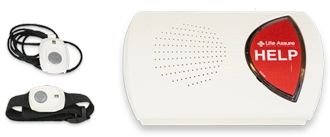


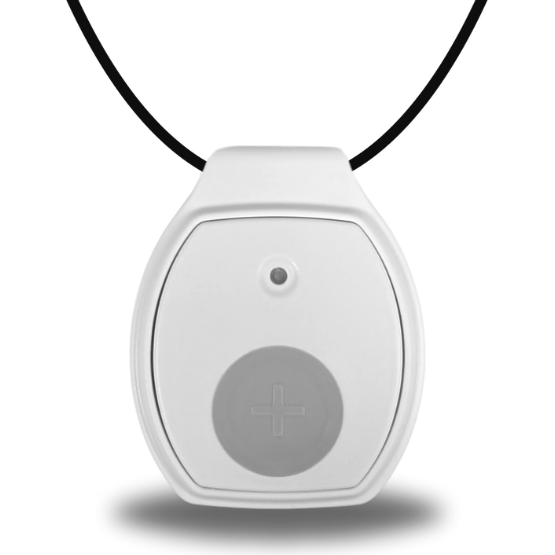


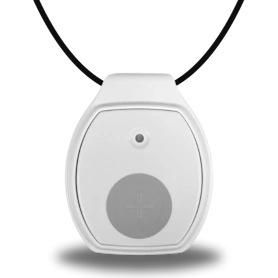
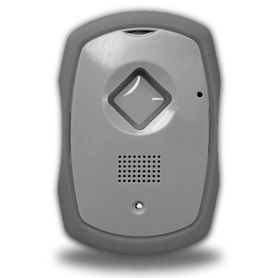
 Get Help With The Push Of A Button
Get Help With The Push Of A Button